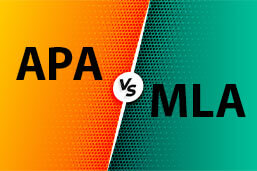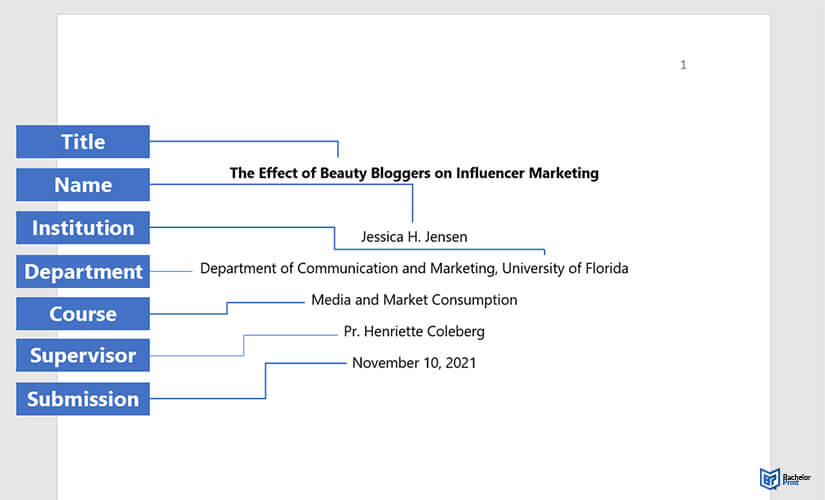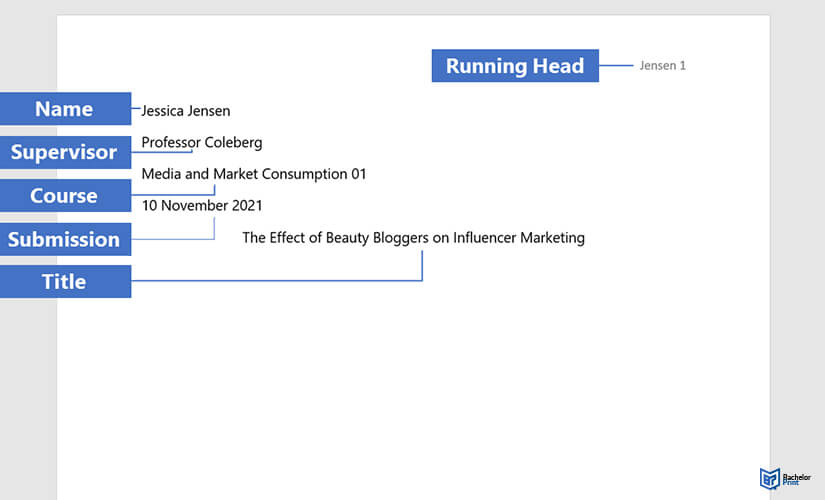
As educators present new tasks, a prevalent inquiry from students often echoes, “Should we use APA or MLA?” Despite these citation formats being widely used, students may encounter challenges distinguishing the nuances of each. This article aims to offer in-depth guidance on both APA and MLA citation styles, aiding in the comprehension of these complex frameworks. By thoroughly understanding these guidelines, students will enhance their skills in citing sources accurately, thus maintaining the integrity of their academic work.
Definition of APA vs. MLA
APA style and MLA are the most commonly used formatting and citation styles. The American Psychological Association introduced APA, while MLA is a product of The Modern Languages Association. The APA style is now in its 7th edition, while the MLA style is in its 9th edition, which we will discuss in this post.
Many students confuse APA vs. MLA formatting and reference styles because they have the following similarities:
- They both include parenthetical citation styles.
- Both require a separate page of sources at the end.
Despite these similarities, the styles have varying rules, e.g. they have formats for title capitalization, date placement, and author names. Furthermore, there are layout and formatting differences between them.
Which styles should be used? – APA vs. MLA
More often than not, your supervisor or institution will provide guidelines on using APA vs. MLA. However, different fields favor specific formats.
Different in-text citations – APA vs. MLA
APA vs. MLA in-text citations, both contain the author’s name, year of publication, and page number. This type of in-text citation is called a parenthetical. However, they still have the following differences when choosing between APA vs. MLA style:
-
APA
- Include the author’s last name and publication year. You must include the page number if you paraphrase a specific page.
-
MLA
- Feature the author’s sir name and the page number. You do not need to add the publication year.
Multiple authors
| Two authors: | • APA: In-text sources citation consists of two surnames, publication year, and the page number, e.g., Montgomery & Riley, 2020, p.16. • MLA: You can indicate their last names and page numbers, e.g., Montgomery and Riley 16. |
|
Three or more authors: |
• APA: You can follow this example, Montgomery et al., 2020, p.16 • MLA: You need not list all their names in in-text citations. For example, Montgomery et al. 16. |
References vs. Works Cited – APA vs. MLA
In both APA vs. MLA reference and citation styles, you need a complete breakdown of all cited sources within the paper on a separate page at the end. In APA, the source’s page is called the “Reference List,” while in MLA, it is called the “Works Cited.” Below are the formats for APA vs. MLA style:
- APA: Author’s surname, First name initial. (Year of publication). Publication Title (edition). Location. Publisher.
- MLA: Author’s last name, First name. Publication Title. Edition, Publisher, Year of publication. (Punctuations as included)
| Format | Example |
| Name of the author- APA vs. MLA | • APA: last name, first name initial - for example. Montgomery, K • MLA: last name, first name. – for example, Montgomery, Ken. |
| Source title- APA vs. MLA | • APA: sentence case (capitalize after a colon) – E.G., Democracy: A brief explanation of its role in society • MLA: title case – E.G., Democracy: A Brief Explanation of its Role in Society |
| Title formatting- APA vs. MLA | • APA: Italics for books or journals o Democracy: Its role in society. Relevant data: A Journal of History • MLA: Quotation marks for chapters or articles, italics for books or journals o “Democracy: Its role in society.” Relevant data: A Journal of History |
| Date of publication- APA vs. MLA | • APA: after the author’s name, inside brackets – e.g., Montgomery, K. (2020) • MLA: later, in reference, not in the parentheses – e.g., ….no. 4, 2020 |
| Location of publication- APA vs. MLA | • APA: not necessary • MLA: not necessary |
| Internet sources- APA vs. MLA | • APA: URLs and DOIs, no periods- for example, https://www.MLAvsAPA.com/differences • MLA: URLs and DOIs with periods in the end – for example, https://www.MLAvsAPA.com/differences. |
Paper formatting in APA vs. MLA
The overall paper formatting rules for APA and MLA are alike. For instance, they both require:
- Times New Roman font (12pt)
- 1-inch margins
- Double-spacing
Despite the similarities, there are also different guidelines for areas like the title page and header, running head, and block quoting.
APA title page vs. MLA header
Another difference in APA vs. MLA is in this area. For example, In APA style, a title page is required. In addition, the text in an APA title page or cover page should be centered and double-spaced.
In MLA, a title page is not necessary. Instead, you need a four-line header.
Note that the list should be aligned to the left and double-spaced. Additionally, the title of the paper should be centered under the four-line header.
| APA | MLA |
| • Title of your page • Your full name • Institution • Department • Course • Supervisor • Submission |
• Your full name • Supervisor • Course title or number • Submission • Title of your page |
APA title Page

MLA running head

Running head differences
- APA: The RH is unnecessary in student papers. However, if instructed otherwise, it should consist of a page number atop each page (right-aligned). On the other hand, for a manual script to be published, the RH should include a shortened, 50-character-long version of the title.
- MLA: It should feature your sir name and the page number (both right-aligned) atop every page.
Block quotes
A block quote is a lengthy quotation usually formatted as a separate text block on a new line, without quotation marks and an in-text citation at the end quote after the period. In both APA vs. MLA, the block quote needs an introductory statement, which ends with a colon before the block quote.
In APA, any quote featuring more than forty words should be configured as a block quote. For example, an in-text citation.
Readers quickly familiarize themselves with Carrey’s relationship with Aristotle at the mention of the illustrations:
In MLA, any quote featuring more than four prose lines or more than three verse lines should be structured as a block quote. For instance, in in-text citation:
Readers quickly familiarize themselves with Carrey’s relationship with Aristotle at the mention of the illustrations:
FAQs
Yes, APA, is commonly used in social and behavioral sciences, while MLA is common in humanities and literary research studies.
Normally, your instructor will advise you on which style to use. Some institutions have guidelines on reference and citation styles.
It is hard to specify which style is more popular because both are widely used among college students. However, MLA is a preferred option among high-school students.
Both APA vs. MLA styles can be slightly confusing. However, they have straightforward rules.
